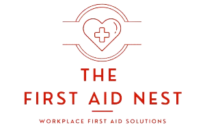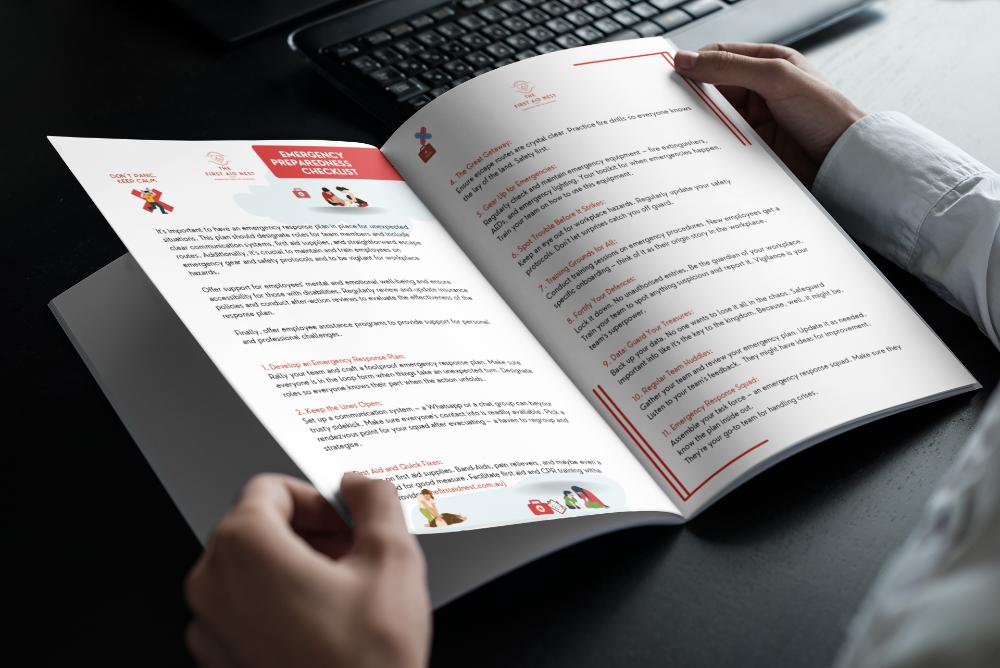First Aid For Snake Bites In A Child
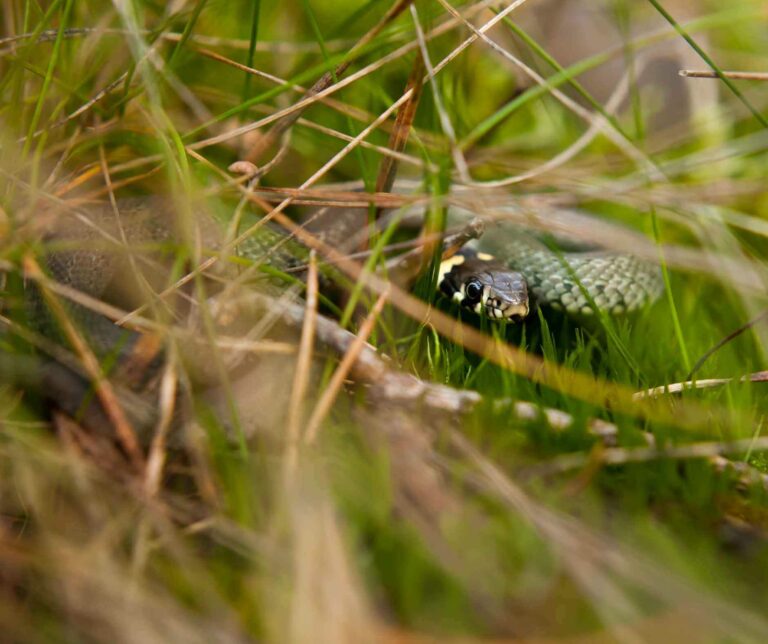
When it comes to snake bites in children, it’s important to remember that not all snakes are venomous, even those with venom.
It is also true that venomous snakes often do not inject their venom when they bite.
However, if your child is bitten by a venomous snake, you need to remain calm and get as much information about the type of snake that bit your child.
It is important to know specific first aid for snake bite in Australia.
Your first line of defence should always be receiving medical attention. But even if you can’t do that, it’s important to know how to handle a snake bite until you can access medical help. Here are some first aid tips for dealing with a snake bite with your child.
When your child is bitten by a snake
When a child gets bitten by a snake, it is important to try and keep them calm. However, if the snake is venomous it is also necessary to act fast and get medical attention as soon as possible.
If your child is bitten by a snake, and it is established by a medical professional that it is not venomous and the would has been dressed but does not heal, becomes red or tender, or develops blisters or erythema, seek further medical attention.
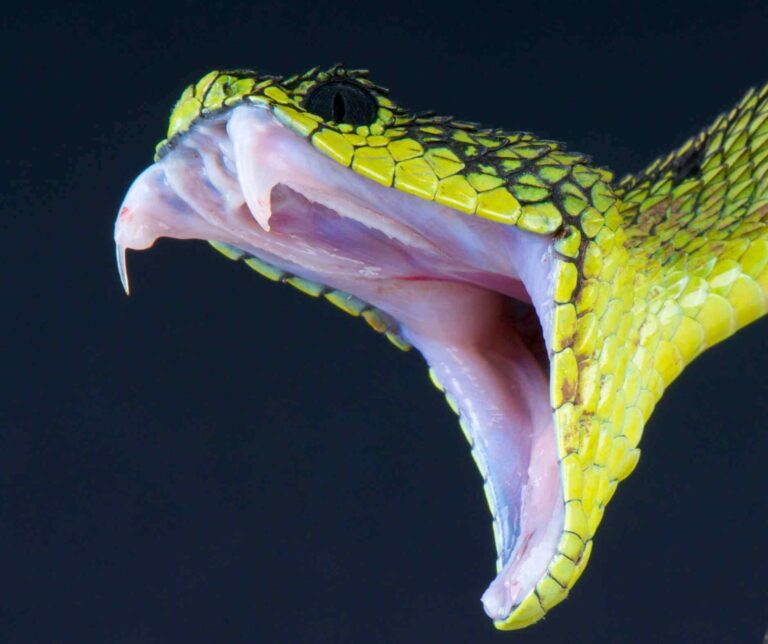
When it comes to a snake bite, the best form of first aid is to stay calm in order to keep the flow of venom from spreading, it’s important to remove any constricting clothing and jewellery from the area that’s been bitten. If possible, the person should lie down with the affected limb positioned below their heart to help slow the spread. Applying pressure to the bite with a bandage will also prevent more venom from entering the bloodstream.
Using the pressure immobilization technique (PIT) is when you press on top of a wound without actually applying pressure to stop blood flow, but PIT can be applied in this case if necessary.
The pressure immobilisation technique (PIT) is a bandaging technique that is relevant for specific bites and stings.
This is a list of creatures that do NOT require PIT:
- Spider bites (excluding funnel web)
- Jellyfish
- Stonefish
- Stings from insects such as bees, wasps, beetle ect
If a snake bites your child, don’t panic. Start by identifying the type of snake that bit your child if possible. If you know it was venomous, follow First Aid for pressure immobilization in order to stop the spread of the poison. If you aren’t feeling unwell, call your Poison Control Service or return to your local healthcare provider when they are open.
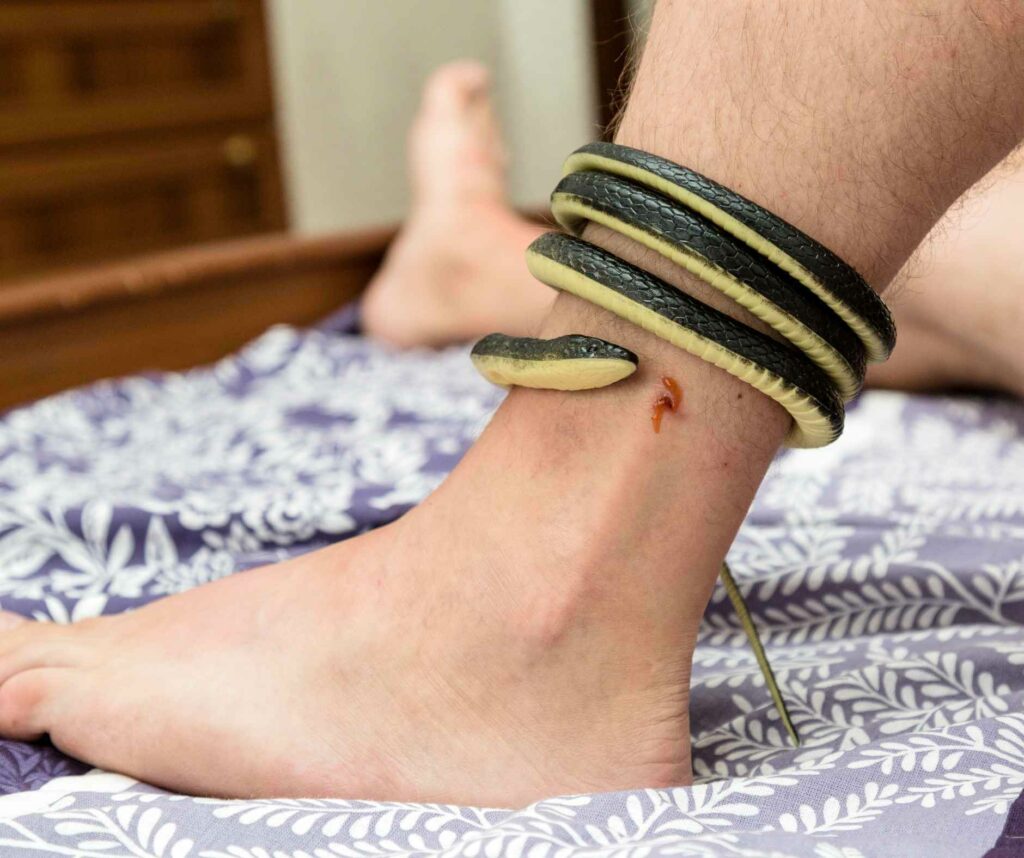
If your child panics or has an anxiety attack, their heart will start racing and the blood pressure will rise. This will speed up how quickly the poisonous venom spreads through the body.
It is very important to to try and remain calm so that your child does not panic.
How to avoid being bitten by a snake
Camping and hiking in snake country with your child can be dangerous- take some easy precautions to keep you safe:
- Wear long pants and boots to protect yourself from venomous snakes. They can’t easily bite you if your clothing is in the way.
- Be aware of where you’re stepping, and don’t put your hands or feet where you can’t see them.
- Watch for cracks and crevices before reaching into them blindly.
- If you’re bothered by snakes, don’t try to kill them or handle them. This might cause you to get bitten. The best thing to do is just avoid them and find another route.
Remember the snake is more frightened of you than you are of it!
If you see a snake coming towards you, don’t panic. Snakes are just looking for the right place to live and will usually not show any hostility or aggression towards humans.
If you find a snake, the best thing to do is stay calm. You should not try to catch the snake or kill it.
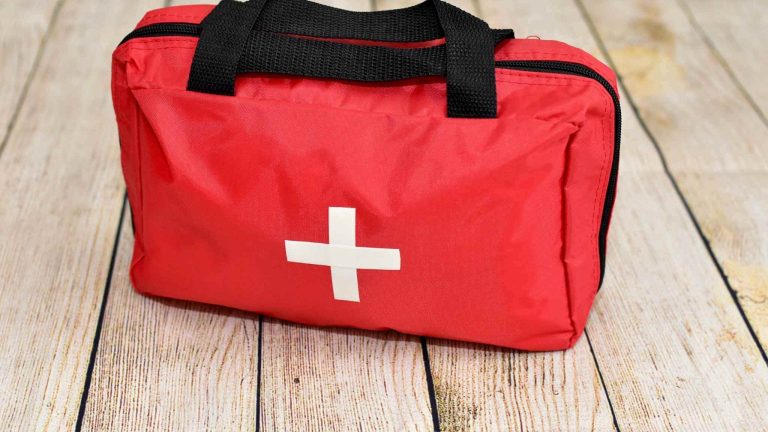
If a snake enters your home, take the following steps to keep it from getting into another room: First, slowly back away and give the snake space. Second, close any doors and windows that might allow it to get close to you or other areas of your home.
If a snake is blocking your path, try to go around it. If the snake bites you, call emergency services right away and do not move. Lie down on your side with the bite below the level of your heart and immobilize the affected limb. If the snake is venomous, apply bandages for the pressure immobilisation technique.
Do I catch the snake for identification?
If you’re able to get a picture of the snake, that could help emergency services identify the breed, but please don’t try catching it.
If you can’t get a picture, then try to remember any identifying features like the snake’s body markings. If it’s in your home, you may be able to trap it in a room while you seek help.
Do I need a bandage for snake bite first aid?
If you’ve been bitten by a snake, do not try to remove the venom or cut open the wound. These actions will only increase your risk of infection and create complications. Follow these simple steps to help ensure that you receive proper treatment and avoid any further issues related to a snake bite.
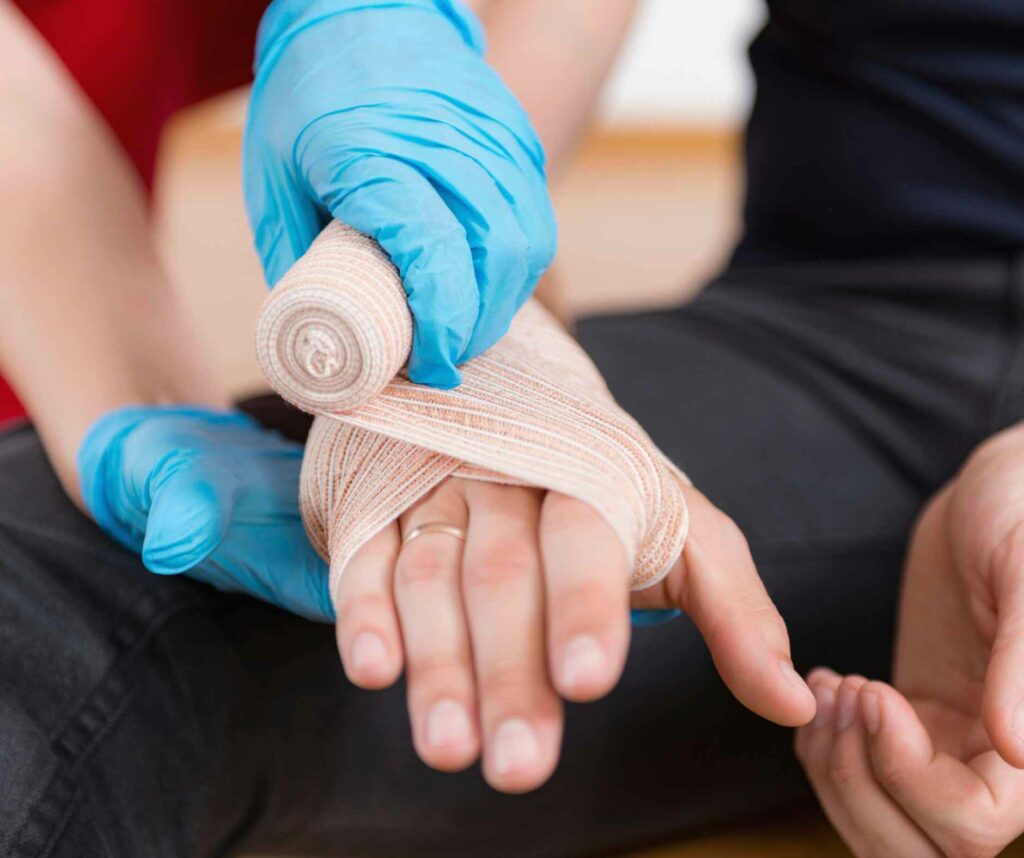
To apply the pressure immobilisation technique, you should have two elasticated bandages. The first bandage should we applied directly over the bite. Wrapped around at least 4-5 times. You should not be able to fit your finger under the bandage.
The second bandage should be applied from the digits, upwards. For example, from finger tips to shoulder or from toes to groin. This bandage should be tight too, with no room for fingers underneath.
If you are in any doubt about the identification of a snake or concerned about your child, always seek medical attention straight away and make sure you have several sizes of bandages in your first aid kit.
Want more? We’ve got you covered…
Our Baby First Aid Courses
Our baby first aid courses are available in person in your home and online. We run classes in your home with groups of 2, 4 or up to 10 in Sydney & Melbourne and you can book in 3 easy steps!
- Pick your class
- Follow the prompts to purchase
- We will contact you within 24 hours to lock in your date of choice
Our First Aid Certificate Courses
We run most of the popular first aid courses Australia wide. HLTAID011 Provide First Aid, HLTAID009 Provide CPR, HLTAID012 Provide First Aid in an Education & Care Setting, RAMOAP (anaphylaxis), Mental Health first aid and CPR/LVR to name a few.
Book your public spot online or contact us if you have a group of 5+ people for onsite training.
Here are some other resources you may enjoy!
FREE GUIDE: Your Virtual Baby First Aid Kit
FREE GUIDE: Introducing Common Allergy Foods & Allergic Reactions
FREE Workplace Emergency Preparedness Plan: Grab this at the bottom of every page!
Follow for baby & child first aid and allergy info and tips on Instagram & TikTok, all @thenestcpr
